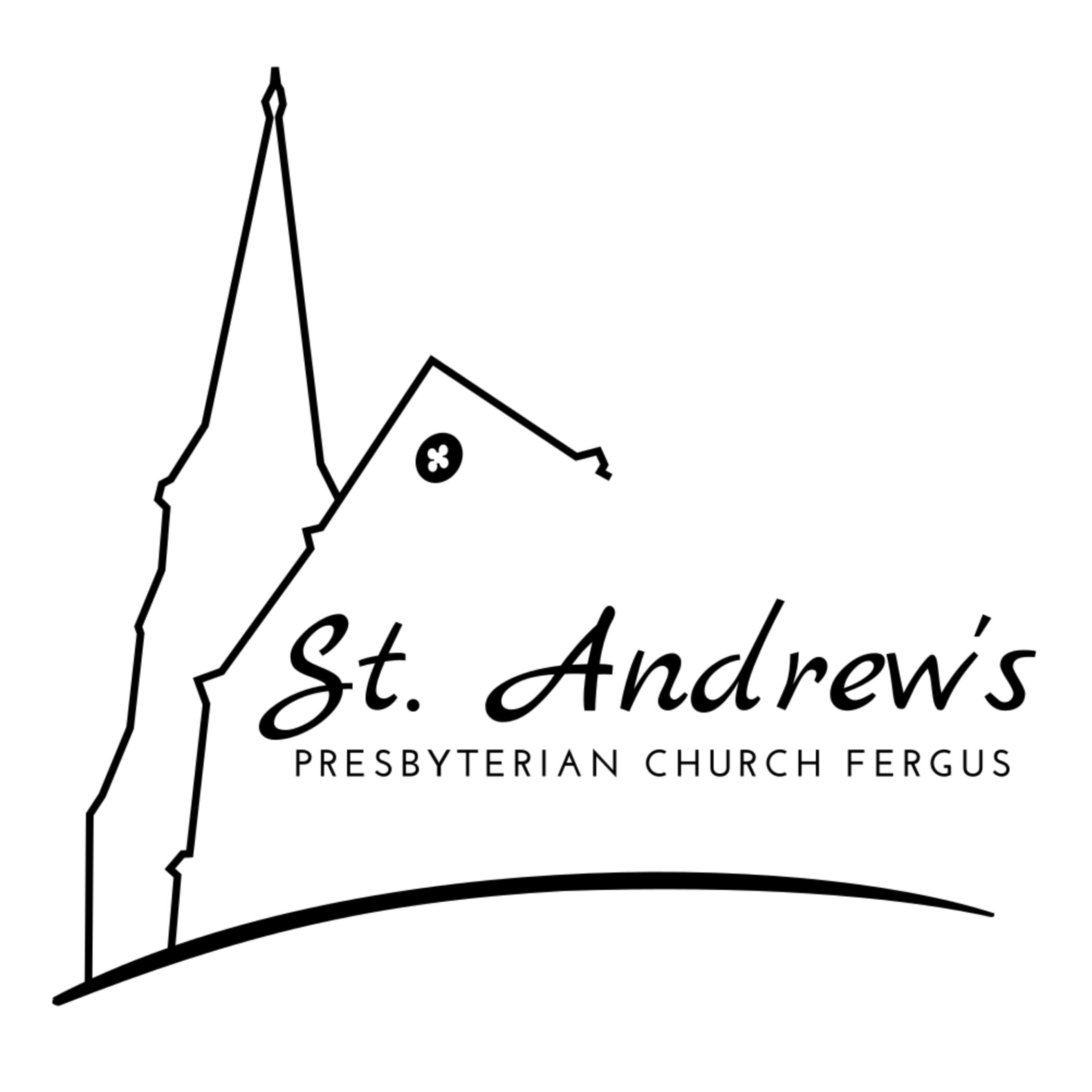Joyful disorientation
Easter Sunday John 20:1-10
20 Early on the first day of the week, while it was still dark, Mary Magdalene came to the tomb and saw that the stone had been removed from the tomb. 2 So she ran and went to Simon Peter and the other disciple, the one whom Jesus loved, and said to them, ‘They have taken the Lord out of the tomb, and we do not know where they have laid him.’ 3 Then Peter and the other disciple set out and went towards the tomb. 4 The two were running together, but the other disciple outran Peter and reached the tomb first. 5 He bent down to look in and saw the linen wrappings lying there, but he did not go in. 6 Then Simon Peter came, following him, and went into the tomb. He saw the linen wrappings lying there, 7 and the cloth that had been on Jesus’ head, not lying with the linen wrappings but rolled up in a place by itself. 8 Then the other disciple, who reached the tomb first, also went in, and he saw and believed; 9 for as yet they did not understand the scripture, that he must rise from the dead. 10 Then the disciples returned to their homes.
The invitation today is to read this passage and enter into the confusion and the uncertainty that comes from these 10 verses. To set aside everything we know about Easter Sunday and imagine our way into what these three people experienced.
Mary had gone early in the morning to the tomb to continue mourning awhile. But the stone had been moved. The body was gone. She went and told the two apparent leaders of the disciples – Peter and (most likely) John. The news was shocking – the body was gone? – Peter and John went to see for themselves. It was so disorienting. So confusing. What was happening?
John arrived at the tomb first, outrunning Peter, but he did not go into the tomb. He waited. When Peter arrived, he barreled on into the tomb. Then John entered. What they saw was even more confusing. The burial wrappings were still there, but the body was gone. Did someone unwrap the body? Who does that? John began to believe that something bigger had happened. He had an inkling that God has done something beyond the limits of human imagination.
The whole idea of resurrection is disorienting. It challenges what we have known from our earliest days: when you are dead, you are dead. The power of death has been broken. It is all confusingly wonderful. We are invited to live with the joyful confusion, the wonderful disorientation.
PRAYER:
God of the resurrection, in raising Jesus Christ to life you have disoriented our world, creating wonderfully joyful confusion out of the sorrow and pain that so often floods our world. On the Easter Sunday, we celebrate the joyful confusion of the body gone, of Jesus raised to life. In his name we pray. Amen.
